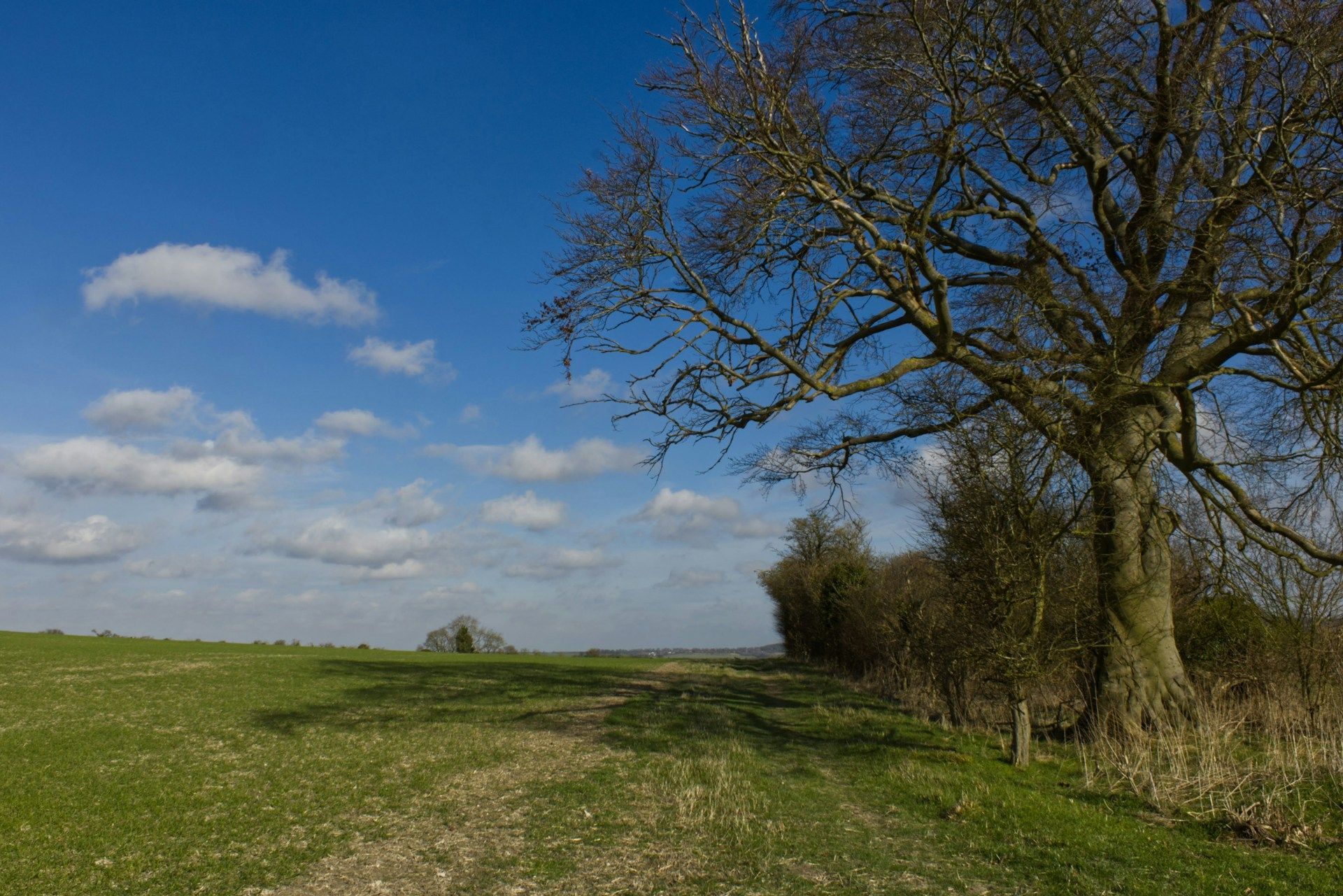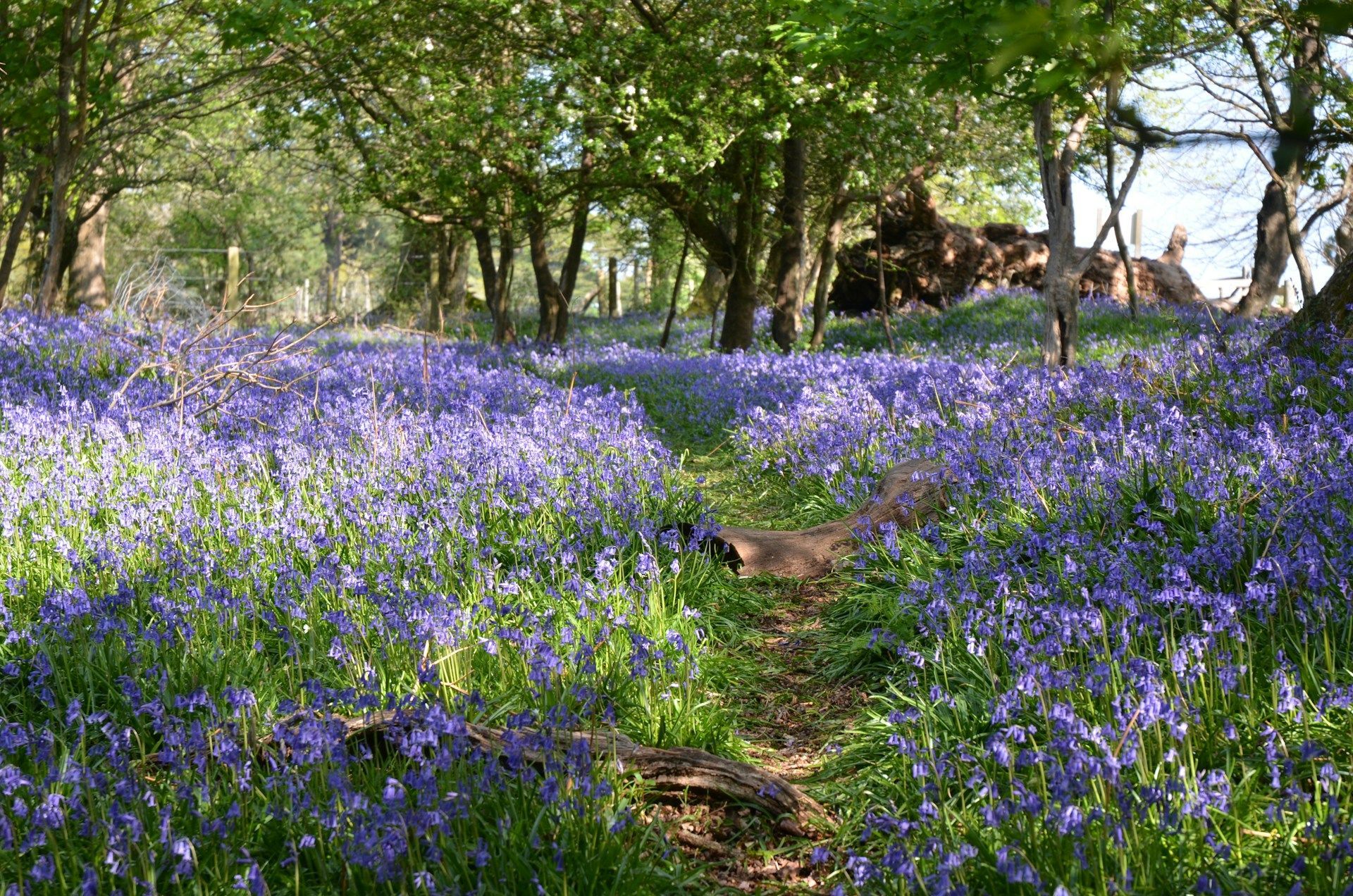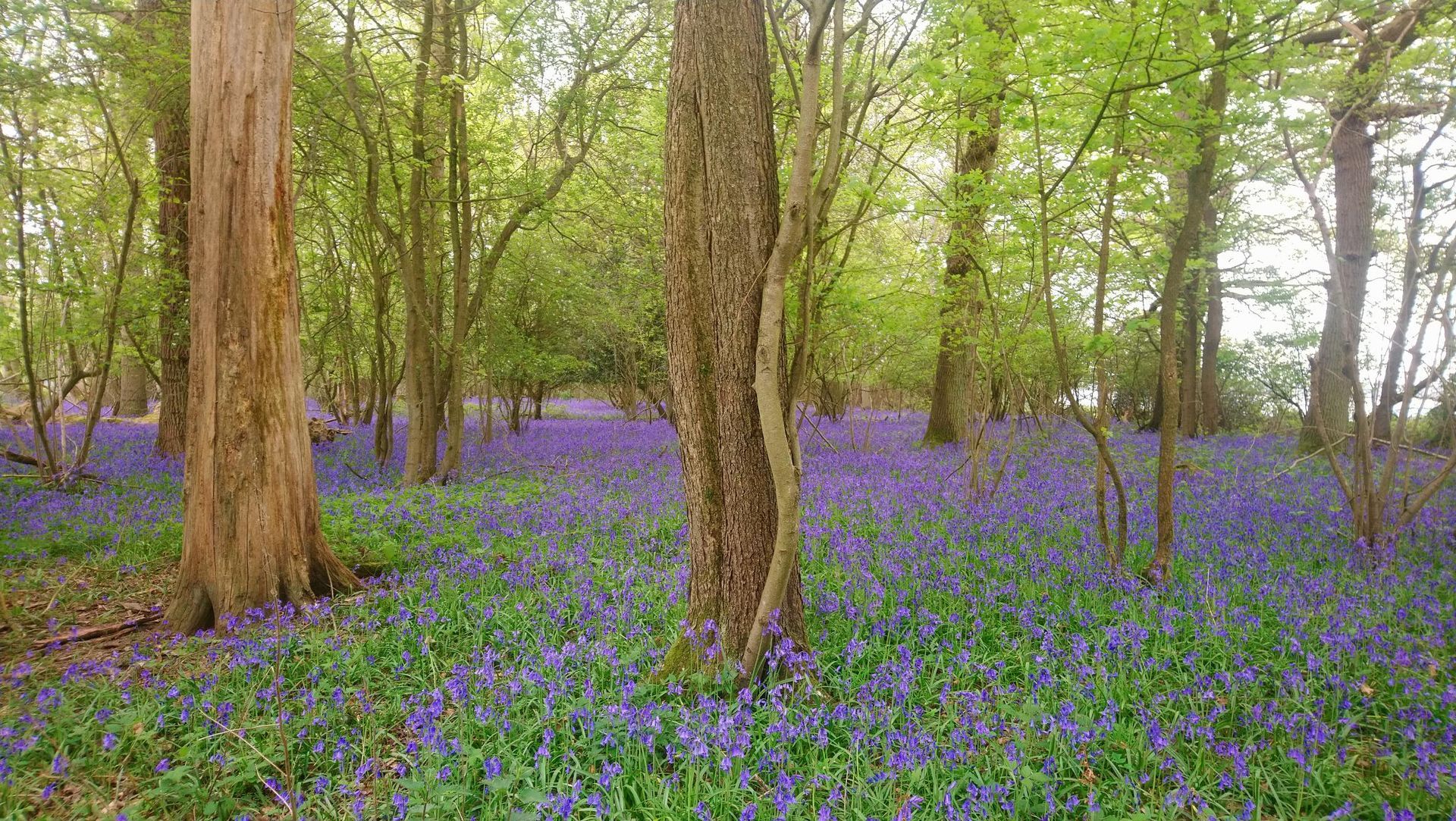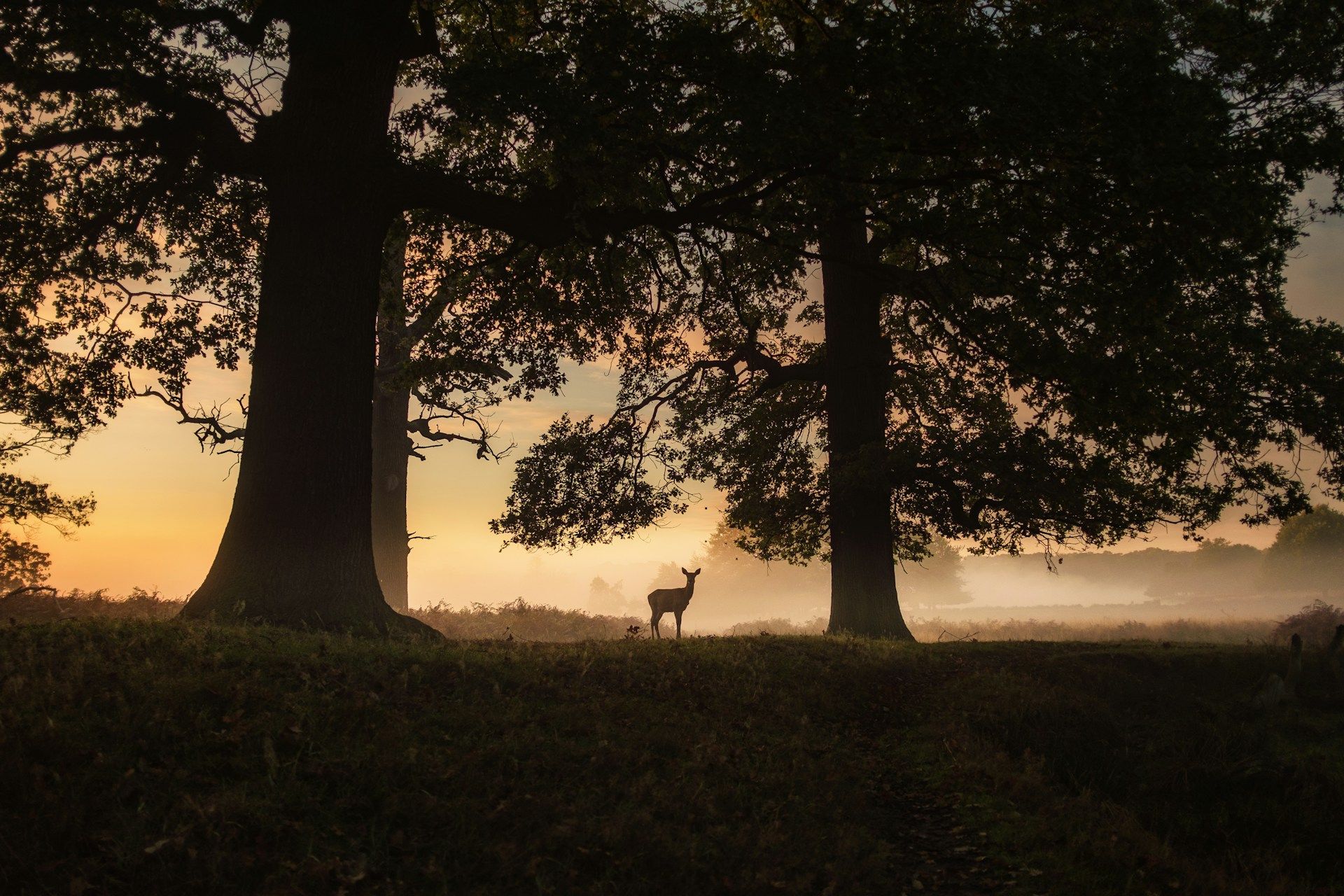Biodiversity Net Gain: What Developers Need to Know

Last week, Defra announced the official implementation date for Biodiversity Net Gain (BNG); 12 February 2024. This implementation date is less than a month away, and there's no doubt that that it will come around incredibly quickly. To help you get prepared, we've put this blog together that will explore the key aspects of BNG that developers should know before it comes into force, so you can understand how it works and how you can successfully integrate it into your development projects.
A Little Background on Biodiversity Net Gain
BNG is an approach to development that aims to leave the natural environment in a measurably better state than before. Under BNG requirements, construction, infrastructure, and development projects must demonstrate at least a 10% increase in biodiversity units compared to the pre-development baseline.
This is achieved through actions like creating or enhancing habitats, planting more trees and vegetation, improving water and soil quality, and other initiatives that support wildlife and ecosystem health. The goal is to halt and ultimately reverse biodiversity loss. While BNG represents a higher environmental standard, it offers benefits for communities and helps move us toward greater sustainability. You can read more about BNG itself in our
Green Finance Deep Dive Series.
Are You Exempt From BNG?
Firstly, it’s a good idea to check if your development falls under the BNG exemptions. As of this blog's publication date, the new rules are only applicable to ‘major developments’ from 12 February 2024. Small sites are developments that don’t fall into the ‘major development’ category and are currently exempt from BNG requirements until 2 April 2024.
If you want to check if your development is considered a small site, the criteria for small sites is as follows:
- A residential development where the number of dwellings is between 1 and 9, or if this is unknown, the site area is less than 0.5 hectares.
- A commercial development where floor space created is less than 1,000 square metres or total site area is less than 1 hectare.
- A development that is not the winning and working of minerals or the use of land for mineral-working deposits.
- A development that is not waste development.
You can find more information on what is classified as a ‘major development’ in article 2(1) of the Town and Country Planning (Development Management Procedure) (England) Order 2015.

More possible exemptions that may apply to you
Small sites aren’t the only development exemption. As of January 2024, you won’t need to worry about BNG if your development is one of the following:
Applications made by householders: Planning permission applications for small home projects such as extensions, conservatories, and loft conversions.
Developments made for biodiversity gain: A simple one, if your development is being undertaken to fulfil the BNG planning condition for a different development, it will be exempt.
Developments below the threshold: BNG only applies to developments that impact priority habitat and impacts more than 25 square metres of habitat, or 5 metres of linear habitats such as hedgerows. Anything under this threshold is exempt.
Self/custom build applications: As long as it consists of no more than 9 dwellings and is on a site no larger than 0.5 hectares, any self/custom built homes that fall under the definition of
section 1(A1) of the Self-build and Custom Housebuilding Act 2015 will be exempt.
High speed rail networks: Any developments that form part of or are ancillary to the high speed railway transport network.
How to hit at least 10% BNG
Unless your development falls under the exemptions listed above, developers of major developments in England are required to provide 10% BNG once it becomes mandatory from 12 February 2024.
As of January 2024, there are currently three main ways a developer can achieve the 10% BNG goal; helping to avoid detrimental loss of biodiverse habitat that usually comes with development work.
These fall into the biodiversity gain hierarchy, and are as follows:
On-site: The first option is to enhance and restore biodiversity on-site. ‘On-site’ refers to everything within the red line boundary of a development site.
Off-site: If the entire 10% BNG can’t be achieved on-site, developers can pursue off-site options as well to fill in the gaps. This can be done through making off-site biodiversity gains on their own land outside the development site, or through purchasing off-site biodiversity units on the market through curated finding services such as BNG Finder.
Biodiversity credits: As a last resort, developers must buy statutory biodiversity credits from the government if they can’t achieve 10% BNG on-site or off-site. The credit purchase will help to invest in habitat creation in England.
All three available options have their own separate steps when following the process, and they are outlined in full on the GOV.UK site
here.
What You're Already Doing That May Count Towards Your BNG
If your development is already creating or enhancing habitat, you might luck in and be able to count this towards your 10% BNG goal. You can still contribute to your BNG goal if the habitat needed for your development is to:
- Comply with a statutory obligation or policy, E.g. green infrastructure, environmental impact assessment (EIA) compensation or sustainable drainage
- Provide river basin management plan (RBMP) mitigation and enhancement measures; or
- Provide mitigation or compensation for protected species or sites, E.g. nutrient mitigation
Off-site mitigation and compensation for protected sites and species can count towards your BNG too, but at least a portion of your 10% increase should be through other measures that aren’t off-site, E.g. on-site habitat creation.

Note - Unfortunately, habitat creation/enhancement projects won’t count towards BNG if you already need to do this for:
- restocking conditions relating to a tree felling licence or a restocking notice,
- marine licensing; or
- remediation under the environmental damage regulations.
Making sense of the biodiversity metric
The biodiversity metric is the go-to when it comes to measuring biodiversity value for the purposes of achieving 10% BNG. Using a standardised ‘biodiversity units’ measurement, the metric can measure the biodiversity value of different habitats such as grassland, hedgerows, woodland, lakes, rivers, and streams.
As for when you should start using the metric tool, the best advice is to start using it as early as possible in the process as it is fundamental for BNG. This will help you to get comfortable with it early on, which will help you make decisions and avoid biodiversity loss.
While taking different factors into account such as size, quality, location, and type; the metric will calculate:
- how many biodiversity units a habitat contains before development takes place; and
- how many biodiversity units are needed to replace the units of habitat lost and to achieve 10% BNG, through the creation or enhancement of habitat
For created or enhanced habitats, the metric formula also takes account of:
- difficulty of creation or enhancement
- the time it takes a habitat to reach its target condition
- distance from the habitat loss
As of January 2024, the metric and its accompanying tool should be used for:
- Major developments now that BNG is mandatory
- Small sites once BNG applies from April 2024
- Nationally significant infrastructure projects from November 2025
As for the benefits of using the metric tool, developers can assess the number of biodiversity units found in a proposed development site, how this value could be lost through development, and what developers need to do to achieve BNG.

If you haven’t achieved 10% BNG and you need to make off-site gains to help make up the difference, the metric tool is useful here as it can calculate what off-site gains you would need.
As for actually using the metric tool, full details can be found in the
biodiversity metric tool user guide. As a rule of thumb, it’s a good idea to consult a professional ecologist on the matter, as they will be able to use the tool and advise on any calculations. The local planning authority will review these calculations and reject them if they have any doubts that the calculations haven’t been provided by an expert.
While the ecologist will draw relevant data on the different types of habitat parcels such as their condition and their size. It will be your responsibility to ensure that the data they draw is accurate! If this is being done on-site, everything within the red line boundary must be included.
Looking to buy off-site biodiversity units? Here’s how
A question that has begun floating around is how developers can actually buy BNG units considering the current lack of any formal BNG marketplace. With 10% BNG soon to be mandatory, it is vital that developers and landowners are provided with the resources to make the transaction process of off-site units straightforward and easy to use.
To fill this gap and accelerate positive outcomes for the environment, we recently launched
BNG Finder. This fast and reliable tailored marketplace experience offers a personalised selection of relevant sellers of high integrity BNG units so that you can start making off-site contributions towards 10% BNG.
When buying off-site units, it’s generally a good idea to purchase them as close to the development as possible. The biodiversity metric incentivises off-site gains close to the development so that local communities can benefit from it. The metric will apply a spatial risk multiplier score with a higher score for compensation within the LPA or National Character Area (NCA). The next highest score is for being within a neighbouring LPA or NCA, and the lowest score for compensation is for being outside neighbouring LPAs and NCAs. The lower the spatial risk score, the higher the number of units a developer will need to purchase to meet their requirements.
For more details on BNG Finder and what it can do for you, read more about the service on our website
here.






